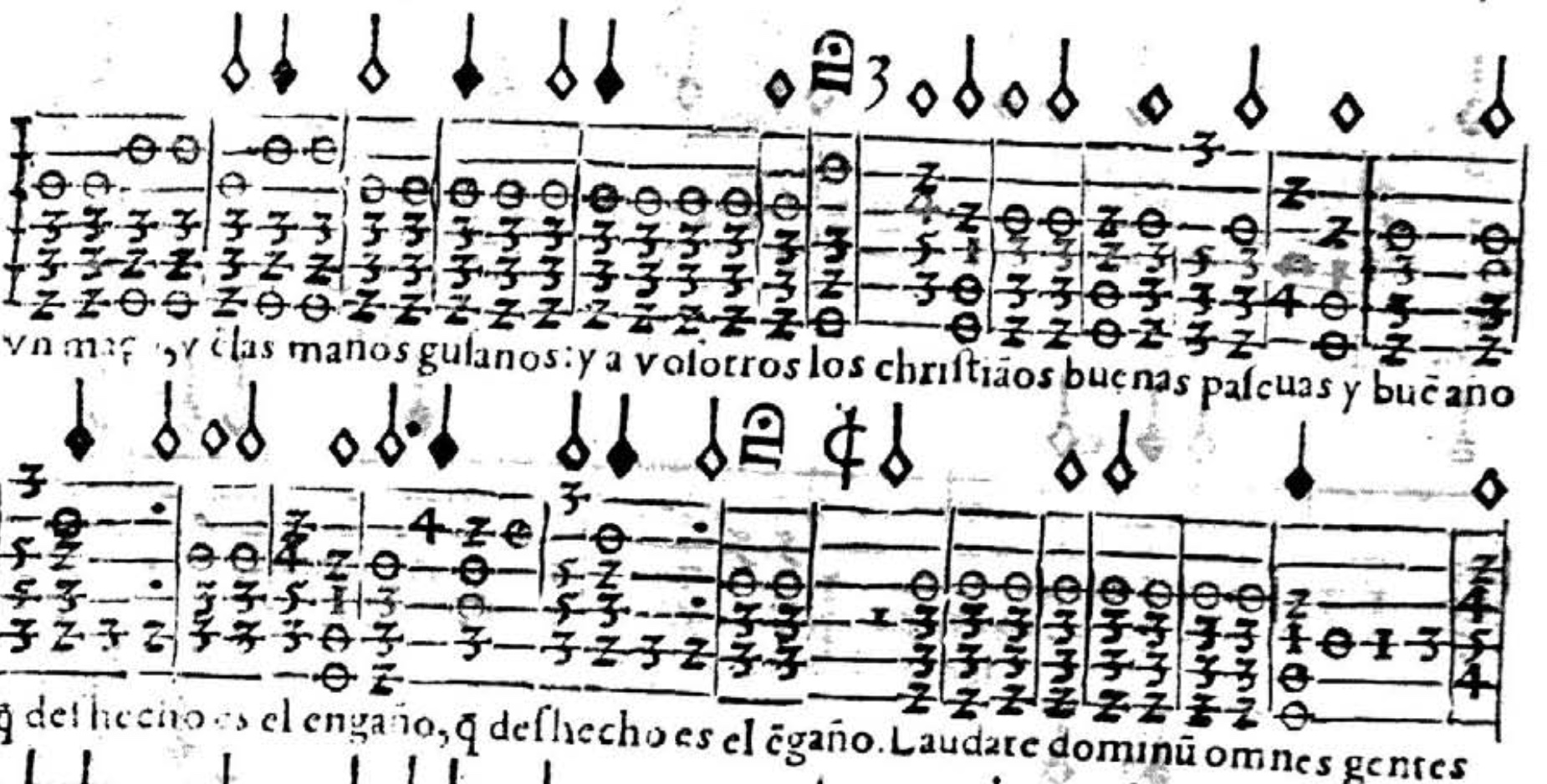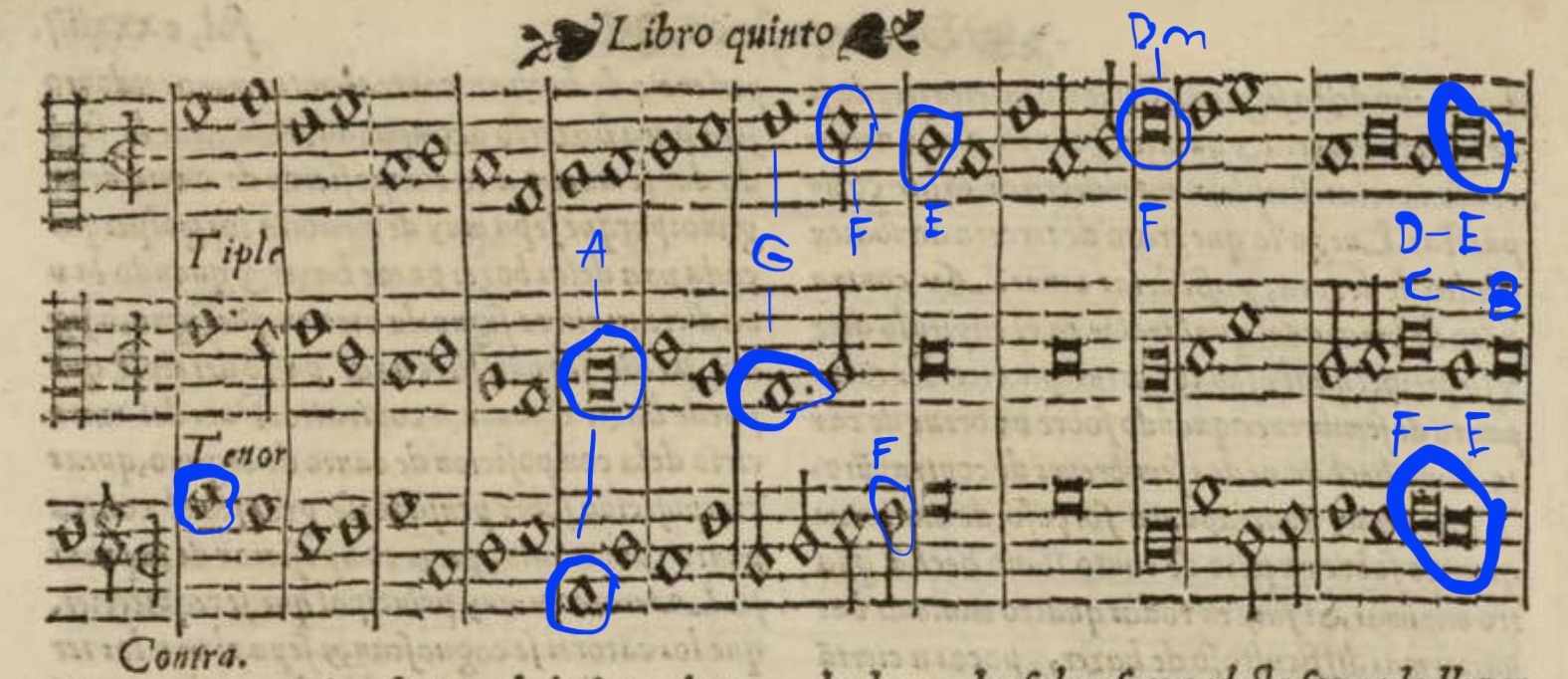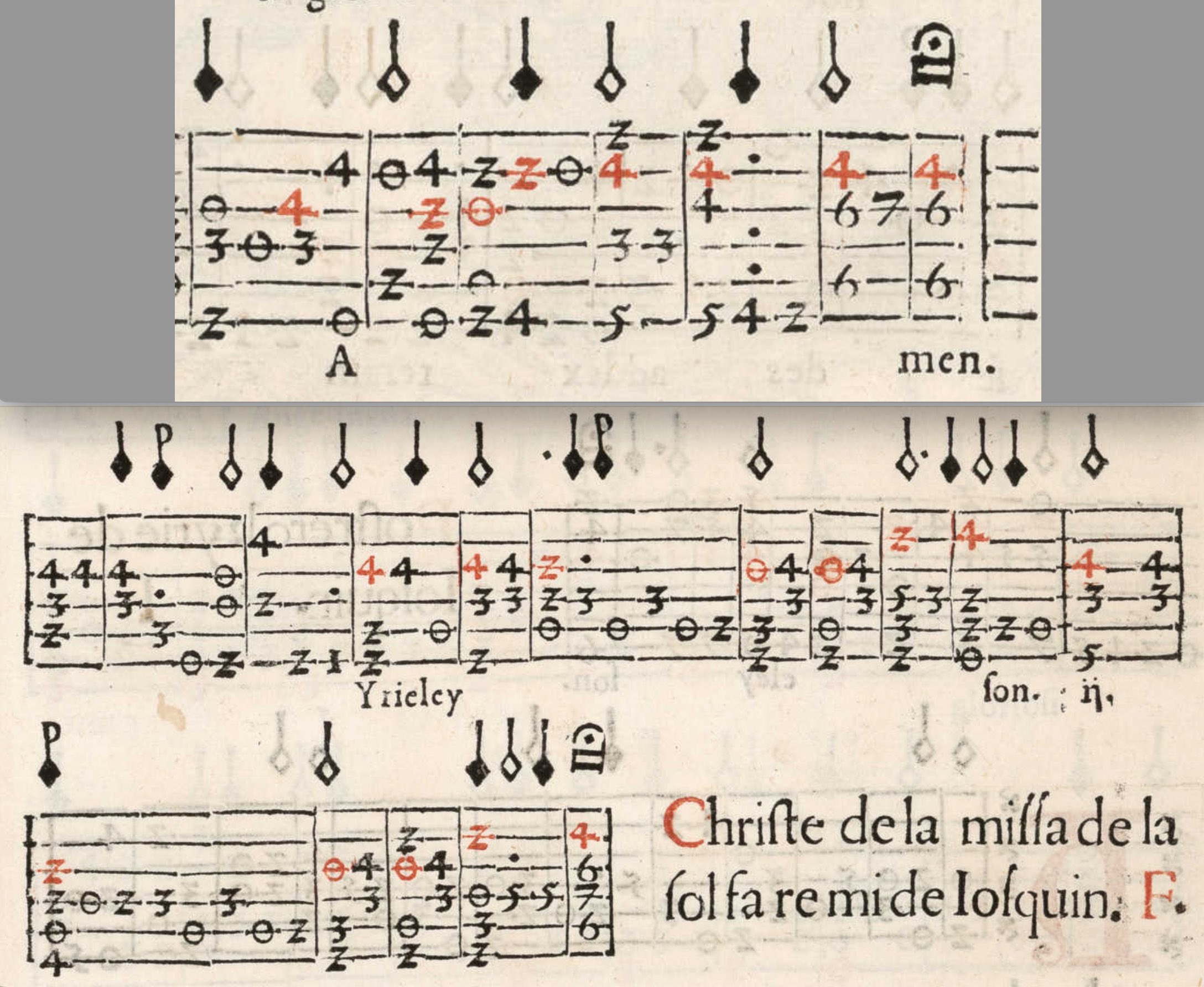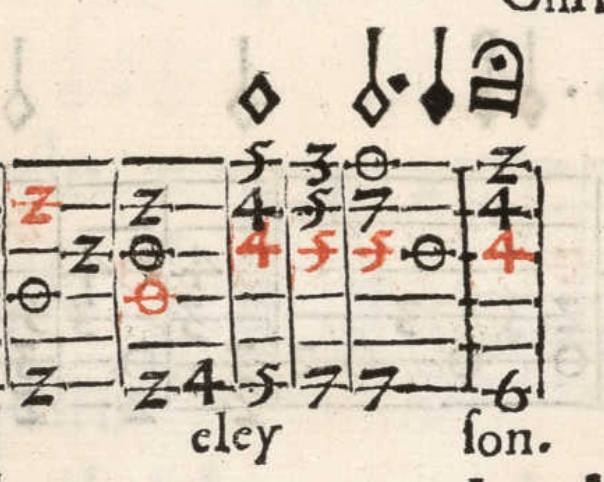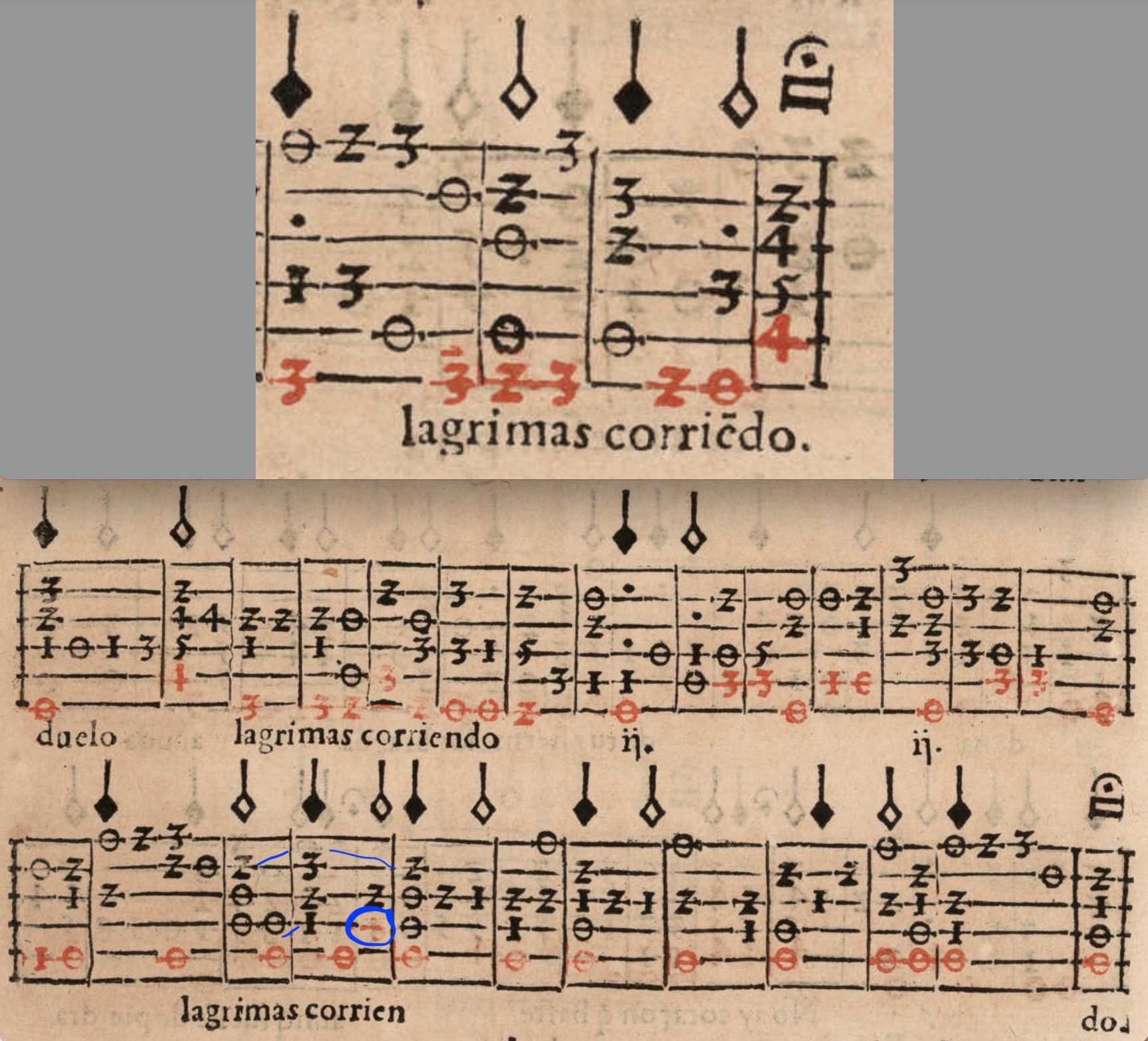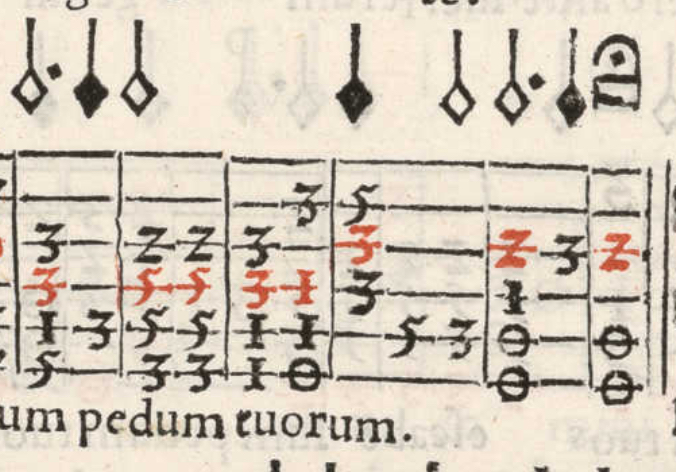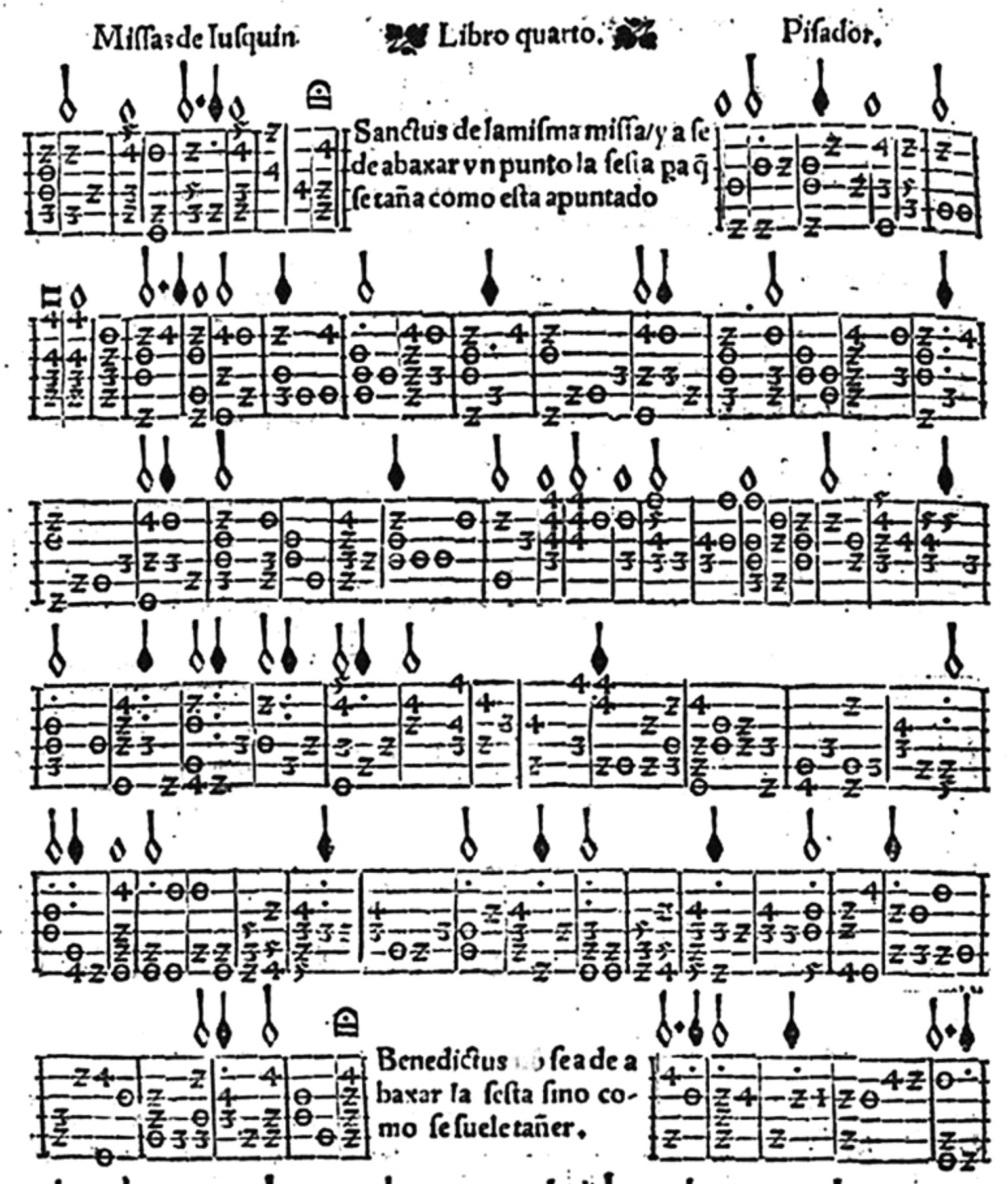|
Ricardo -> RE: Great Grand Daddy of Flamenco (Mar. 11 2025 13:19:02)
|
quote:
After looking at some of the pieces and listening to the early recordings (which came out about the same time), the graneado is a roll and the seco is an adornment.
I agree Graneado is a "roll" so long as we define "roll" to be, specifically, a "3-stroke roll". Those 3 strokes can manifest in various ways rhythmically (3+final stroke or 4 notes total) and we have to admit Marin's notation of them is atrocious and misleading as is. Compare his sevillanas on page 186 to 199... we could argue about the nuance there. The mental gymnastics required to decipher what he wants based on the illustrations, his text, notation examples, and finally contextual examples, is quite problematic. But let us say we agree it is a simple "roll".
Seco as an "adornment" is a problem for me unless you define "adornment". To me a grace note or flourish of notes is "an adornment" and that is NOT what is described by Marin there. What he described is basic compas strumming of a single chord hit, either by the whole hand, or the index finger alone. "Downstroke" in general is what it is, except he includes the upstroke with the index as part of this "seco" rasgueado "family". His notation clarifies which one he wants on a specific chord, the hand or the index only. I don't see how that is an "adornment" of a chord. It is basic sounding of a chord by strumming.
quote:
The doble is the graneado, or begins like the graneado, with the thumb strokes added. The graneado and doble require separation of the sounds, by which he means that you can hear the strums, while the seco is played with "a dead hand," and the strings are heard simultaneously. The difference is a matter of the speed of attack.
agreed, and only add he takes the description to a RIDICULOUS level by discussing the passing of a single finger over each string producing 6 notes, such that with the full 3-stroke Roll PLUS the final stroke on beat or whatever, you have 6x4 or 24 notes sounding...he claims. I as a teacher take huge issue with this, but hopefully we can agree that is in fact what he is describing. I call this "brushing" across the strings, and it is a beginner error IMO. But I think his goal here was to express a distinction between "brushing" and "flicking" rasgueados in the notation. I respect that he wanted to address this...even today we don't really have a way to notate that and need video to clarify. However, I fear his system is not really doing a great job at that. As I said, his connected roll using flicking is not in any musical example in the book (unless I missed it).
quote:
With graneado and doble each sound is heard while with the seco x-a-m-i are so close to each other that they sound simultaneous. That is what he means. That bears out in the Marin Soleares.
I hope you mean "each sound" as in "each individual finger stroke"? If so, I agree. I disagree with the Seco interpretation about each finger heard so close together, it is simply better to admit that a single chord is written with the wavy line and he means "strum it!", and either the entire hand is doing that (arbitrary which fingers are striking as you make ONE sound only), OR the index alone. He is quite clear about this. It is why the picture shows the 4 fingers rigid and connected as a single unit, ie. your "hand". [8|]
quote:
The seco is the quick x-a-m-i (which your version cannot accommodate because in your version the first strum is an i-up: 1. i-A-M-I + --i 2. i-A-M-I)
Absolutely false. First of all, as I said above, there is no separation in seco between finger strokes, it is ONE sound, as written, hence you can achieve the same with only index, with the caveat that you are not moving the arm so the chord voicing will only be 4 strings (he uses only the trebles plus 4th string in the score, and in contextual examples only three treble strings for upstrokes). SB is indicative of the whole arm driving the hand stroke across the strings. I don't even teach the SB to beginners because it is too damn loud. We do need it for baile, but all the other technique are better to start with.
And "my version" as you put is, has nothing to do with this...MY version (I don't like that because my version is ubiquitous by any serious flamenco guitarist in Spain) as applied to compas, is replacing the GRANEADO, which Marin is using for the typical things (Malagueña Sevillana etc., aka, the galloping strums), with only one finger different. The pinky is replaced by the index finger up. These are executed, or should be, LIKE the graneado in the sense it is a "brushing" rasguedo rather than a hard flicked attack. Hope this is Crystal clear now.
quote:
So what Ocon is notating is the seco with i up, and it gets very boring very quickly because he notates a large part of it that way.
Oh, absolutely not. The seco description is specific and clear. You don't describe "starting with meñique and ending with indice" with the seco thing, that makes ZERO sense. Otherwise why stick the single index stroke in there? Ocón is pointing out the index up is going along for the ride but on the UPBEAT...and yes this IS in fact what Marin wants with the seco index off beats as well. He does not use arrow like we do today, so (talk about boring) on-the-beat using 4 voice chords are index down, and up-beat 4 voice chords are index up...both "seco" in Marin's description. Again you don't do "seco" with individual fingers (until Marin describes the unused Chorlitazo doble over the fingerboard). So I hate to say you are not reading this correct.
What we see in the scores of Marin is examples (like Sevillanas) were you have two Graneado rolls (NOT connected or "doble") then a seco index up, and THAT is what Ocon is in fact describing, though he is not specific about it (which is good IMO), in the sense one could easily connect those rolls together based on timing execution. Marin is non-specific as well, but he wants to do a connected roll with thumb (rather than the more typical index up. I suspect he simply could not do it himself, being a "fakemenco" guy. [:D]).
Last thing about Ocon being "boring" with his notation...um, he explicitly states they are only using the most "common" version to give an approximate idea, and there are other ways to do it. Basically leaving the drum-roll notation open to interpretation. The value of that method is enormous in my mind, vs Marin who demands these specific things to be done in the scores. But one is a 'transcription" of open ended formal structure (Ocon) the other is a learning method. This is no small distinction in my mind.
quote:
The 1860 example is sencillo (seco only: x-a-m-i adornment to the downbeat) or doble (seco followed by i up). The other rasgueado is not covered by Marin. Thumb on the lower string(s), -x-a-m-i or i-m-a-x. They both use "doble" in different ways. Doble as two or more strums, and doble as graneado with p upstrum, then down.
Still don't know WHAT that source is. I guess you are keeping it a secret?[:D]
It is great you have variety at this time period because it is EXACTLY what Ocón insinuated. There are other methods, and you can simply insert these into his score where there is slash notation. It is quite simple. Perhaps if you could collate sources and variations of ragueado we can begin to discern some evolution. Ocón would have been observing pros in the cafe vs street amatures or classical guitarists tip toeing into the genre. If you won't admit "flamenco" as genre with pros, then fine, "folk art professionals".
Finally about "doble", in both Marin and your mystery 1860 source, they seem to be referring to the same thing, ie, connected rolls. Cinco dedos involving the thumb, I feel is the same concept as Marin, where you are making continuous quintuplets per beat, with P up strokes instead of the index up as we do it today. Personally, I am on the fence that this (essentially abanico with 5 strokes instead of 3) predates the normal because as I have said many times now, the triple roll plus index down up can be smoothed out from a gallop into a continuous roll IMO. So I feel it would have been "discovered" first. Perhaps I am wrong about this, and that this why the gallop is replacing pinky with index up....because developing the upstroke to make a connected roll is more recent? We won't now for sure until more evidence appears.
|
|
|
|

